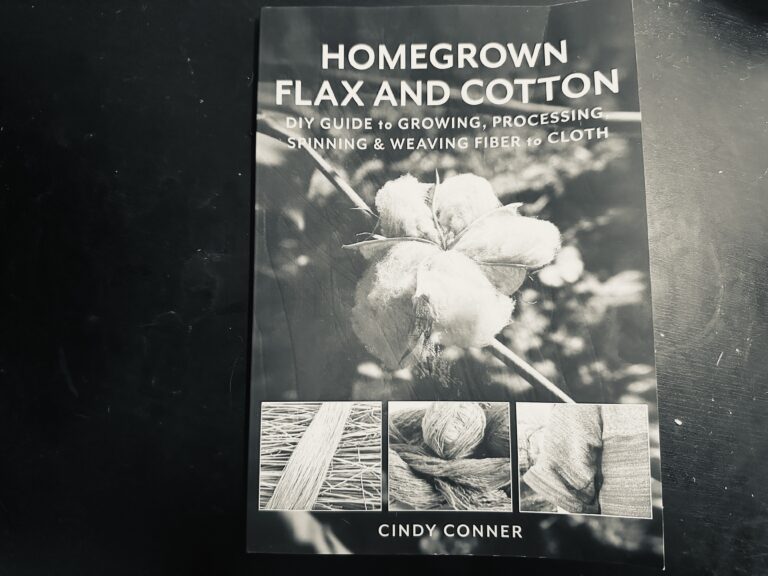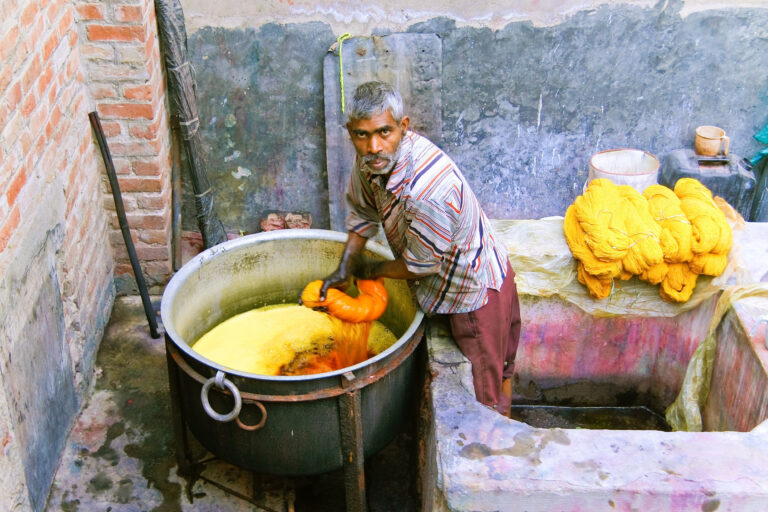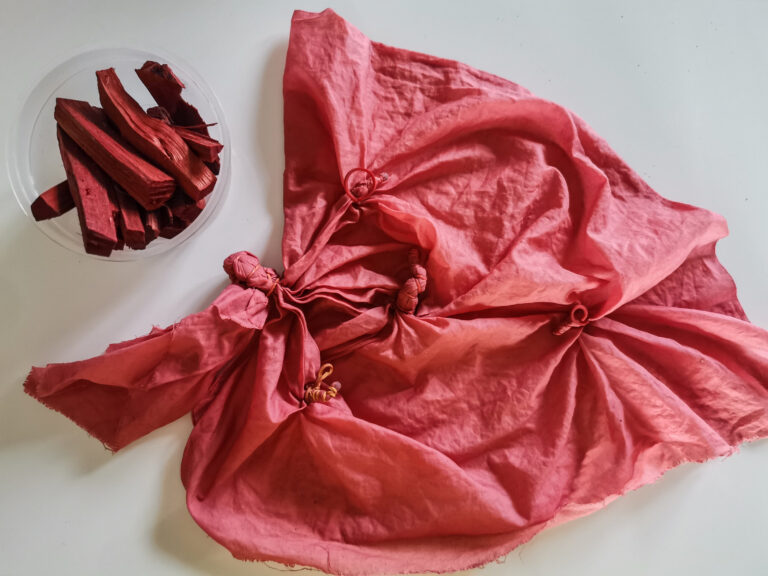Every once in a while, I get to marry multiple interests. For example, I have long loved crochet and believe in the slow yarn movement. Every now and then, I can combine that with gardening. I shared a bit of that with you when I did a book review of A Garden to Dye For….
slow crafting
Natural Fabric Dyeing: Colorfast vs. Fugitive Dyes From Plants
Last month I mentioned that I’m working with the book A Garden to Dye For to learn more about growing plants that you can use to natural dye fabrics. One of the first important concepts is learning about how well or how long a plant’s color is likely to adhere to the fabric that you’re…
A Garden to Dye For
Several years ago my sister sent me a wonderful gift. She’s one of those people who is so great at picking out the perfect gifts for people. The gift was a book called “A Garden to Dye For.” She also sent me a set of Japanese Indigo seeds grown locally to her area. Somehow, all…


